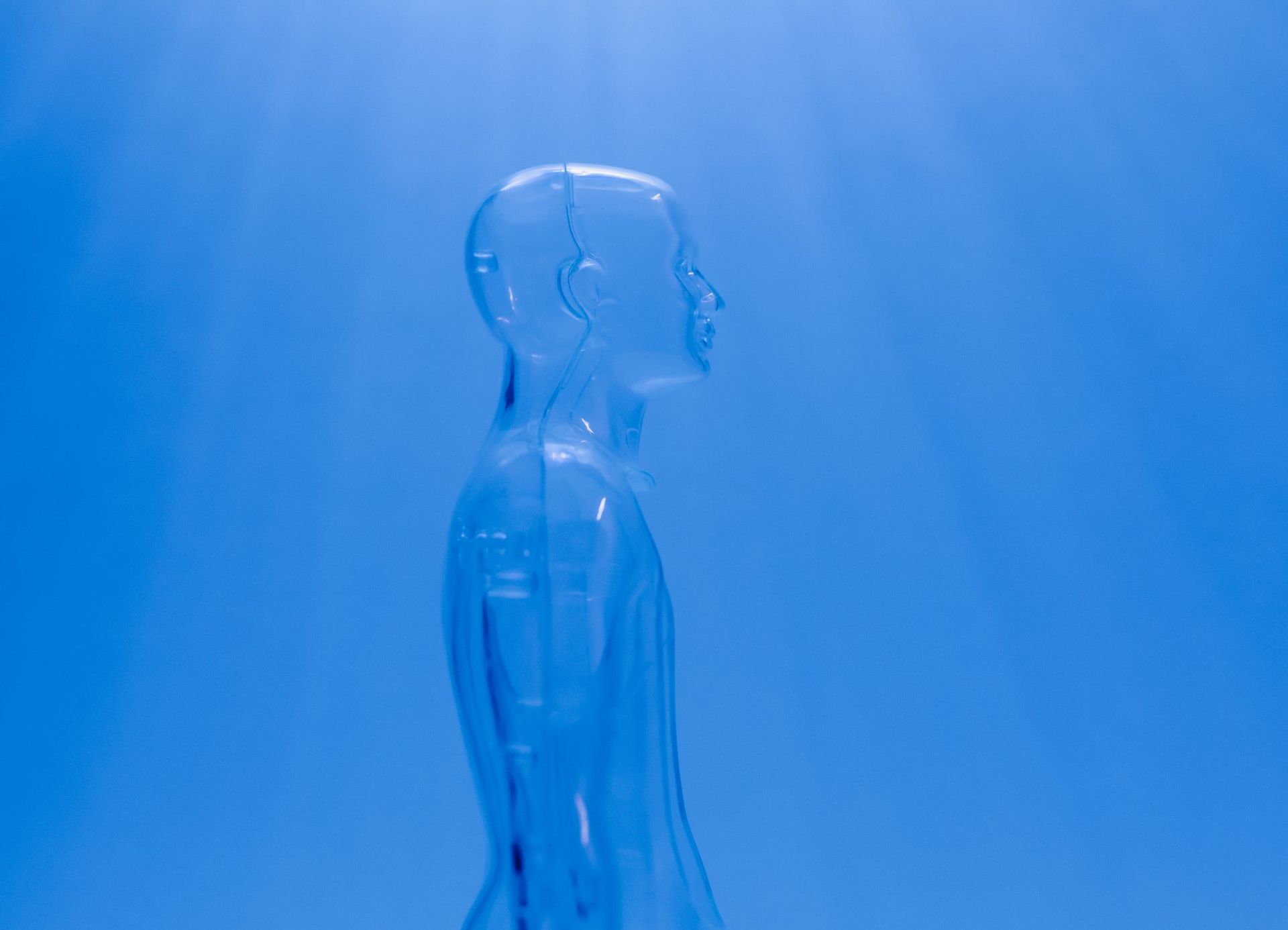Artificial Intelligence and Optometry

Blog vol 4.48. Artificial Intelligence and Optometry.
This week we take a look at Artificial Intelligence and the field of optometry. Our latest student at Burlington Eyecare recently expressed concern about AI making optometrists obsolete. Well-founded, in that AI is developing exponentially, appearing limitless in its potential.
My hope is that you can see that we do not use ChatGPT to generate our essays and blogs. One of my sons is a PhD candidate and helps teach undergrad courses at a local university. The faculty and staff at these institutions can tell pretty quickly if students are using this technology to write their assignments and are devising ways to make it difficult.
The chatbot is built on large language models (LLMs), which recognize and generate text. The LLMs are trained on huge sets of data and are built on machine learning. In the field of optometry, the hope is that these LLMs will analyze large data sets, generate differential diagnosis lists, and provide fairly accurate responses to questions about eye disease. The latest research shows that there are limitations to this technology.
Currently, the LLMs have the propensity to “hallucinate”, or better stated, to confidently generate false information, and they also can perpetuate biases in medicine. AI technology is still developing and these limitations may be overcome in time. (Read more here).
As clinicians, we have to remember not to turn off our brains and let technology do our work. The algorithms built into the LLMs have inherent limitations: they have to be setup and programmed by someone, with certain biases in place. We cannot blindly use technology but must see it as a limited tool to help our work. I like to speak of Right and Left brain at this juncture. AI is mainly Left brain, concerned with data and logic, the clinician’s art of caring for human beings is heavily Right-brained, visual, intuitive, and creative.
The ideal clinician has great communication skills and is good at hearing what is being said, not just the words but what the person is actually experiencing. Since we work with human beings who are all unique, every one, as good as AI can get, we will always need the human element to provide the best care.
As Caroline, our Aussie staffer tells us, “No worries”.
The good doctor






